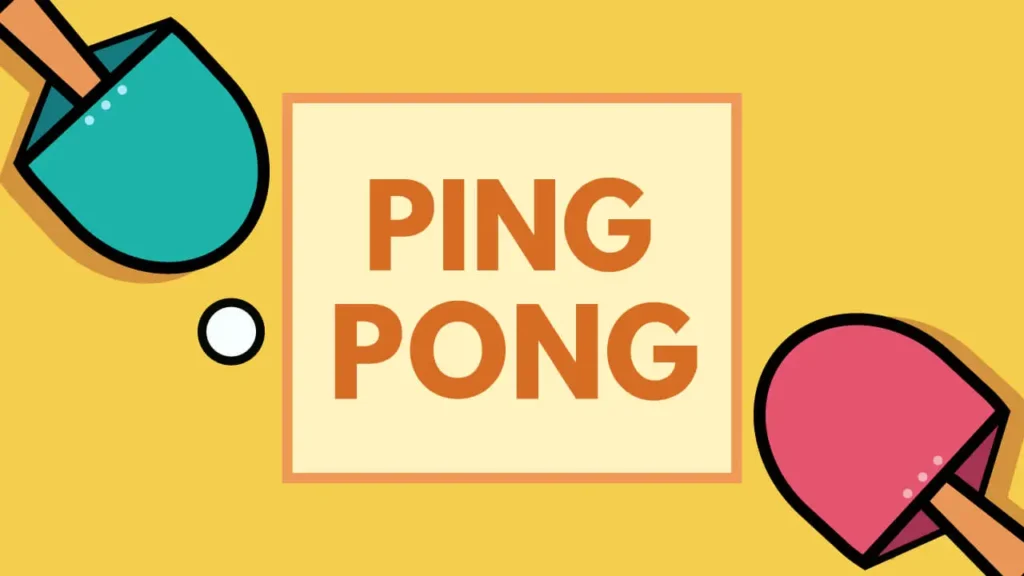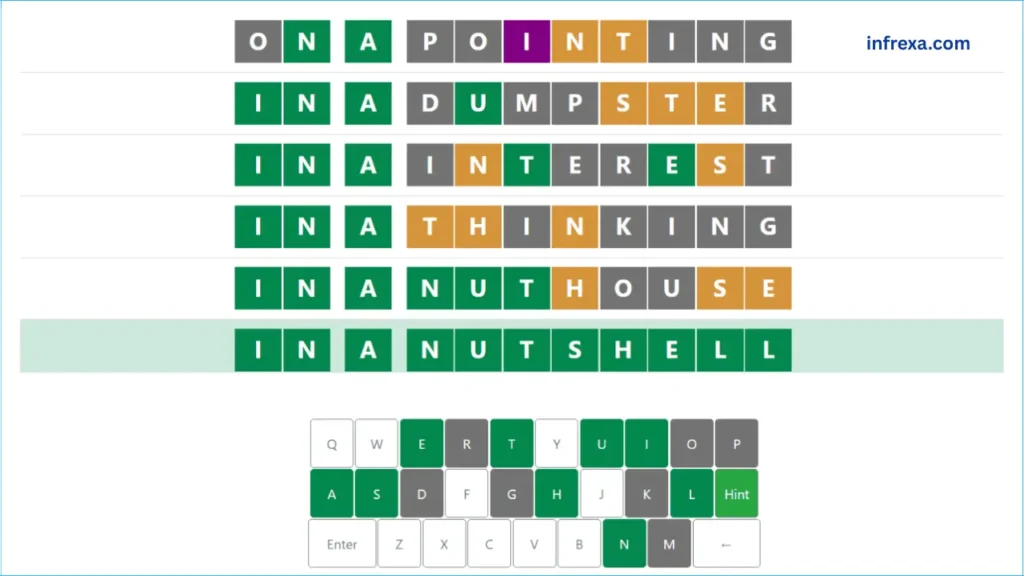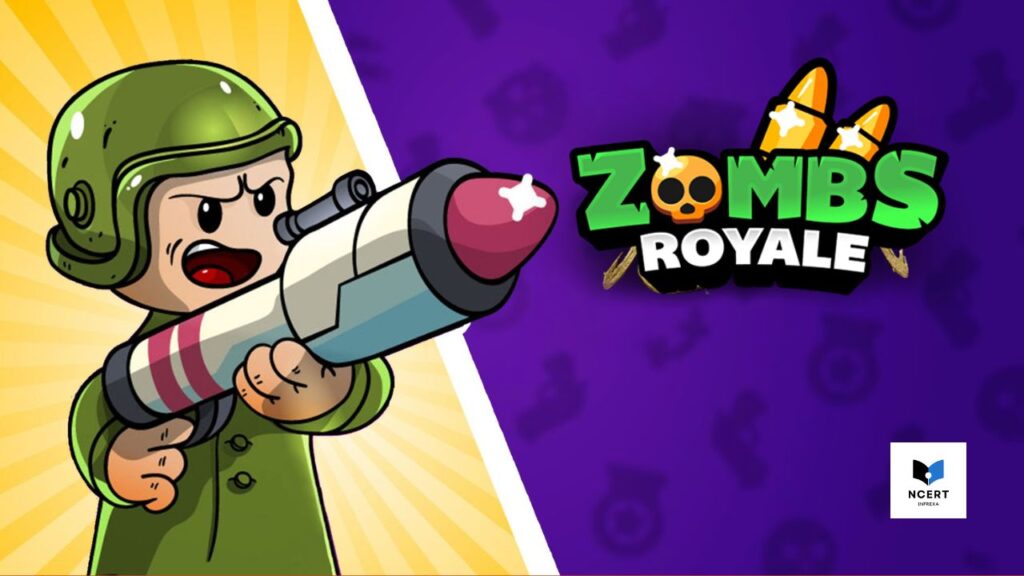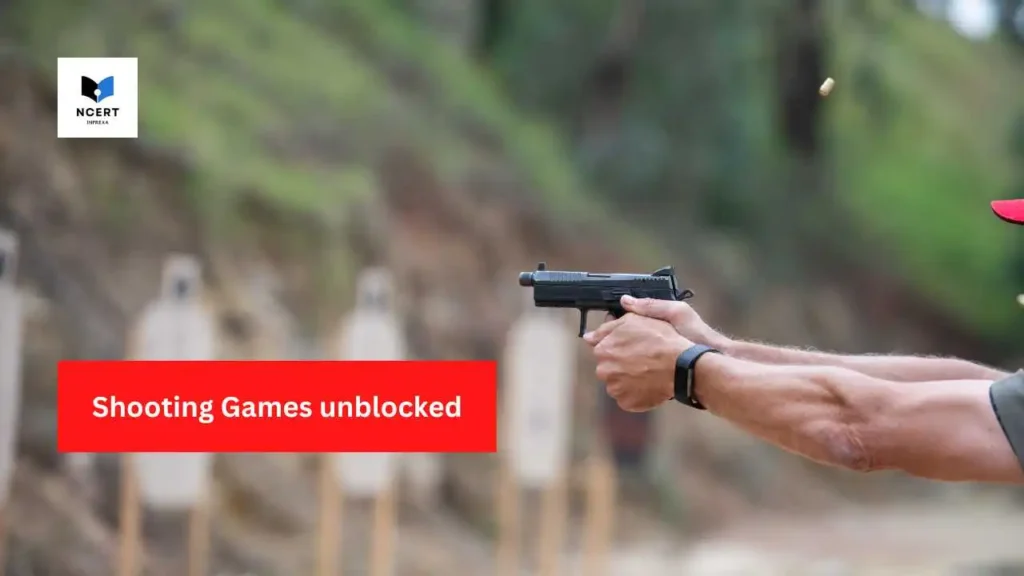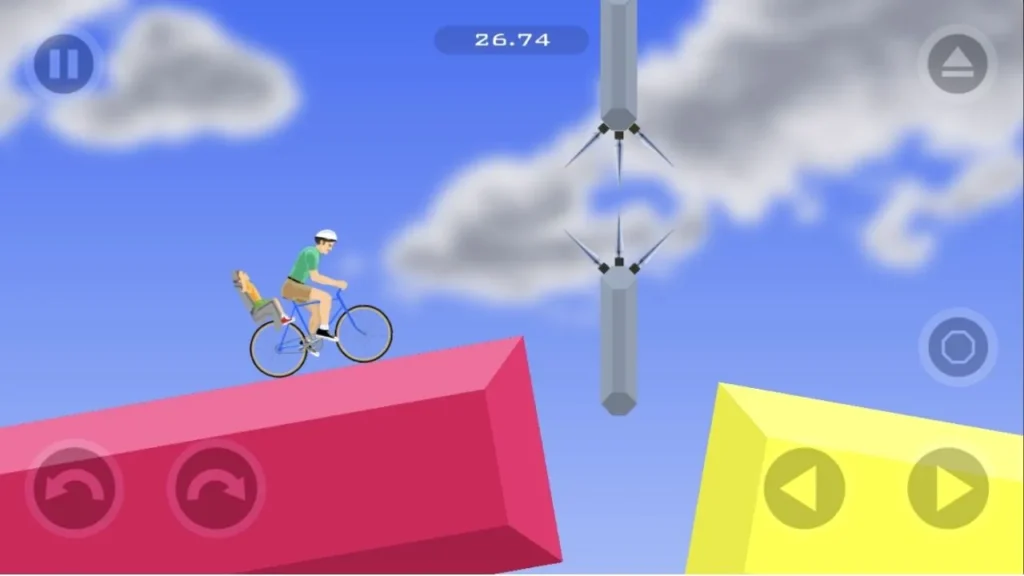Browser-based ping pong brings the sport online with simplified controls. Players use the mouse or touch to move the paddle and hit the ball. Success depends on timing, paddle positioning, and shot placement. Understanding spin and where to aim is key to winning points.
| Common Developer | MarketJS, Famobi (e.g., Table Tennis World Tour) |
| Genre | Sports Simulation |
| Mode | Single-player |
| Objective | Score 11 points, winning by a 2-point margin. |
| Platforms | Web browsers (Desktop/Mobile) |
Core Mechanics and Control System
Successful browser play relies on the two-vector control system controlled by a single mouse input: paddle positioning and shot vector.
While most browser games use the mouse movement system described, some variations exist – certain games may use click-and-drag mechanics or even arrow keys for paddle movement, though the core principles of timing and spin remain consistent
Paddle Input and Shot Power
The player’s control is split between movement and execution. Paddle Positioning is controlled by the mouse’s horizontal movement (X-axis), determining where the ball makes contact. Shot Vector (power and spin) is determined by the speed and direction of the mouse flick at the moment of impact. A slow, steady hand executes a defensive block to neutralize momentum, while a fast, aggressive swipe generates offensive power.
Spin Generation
Virtual spin is dictated by the trajectory of the mouse flick relative to the ball’s center upon contact.
- Topspin (Offense): Strike the ball while flicking the mouse forward and slightly upward. This causes the ball to curve down sharply after the net, forcing weak returns.
- Backspin (Defense): Execute a slower, controlled stroke while dragging the mouse downward during contact. This neutralizes incoming power and causes the ball to skid low upon landing.
- Sidespin (Placement): Flick the mouse aggressively left or right at impact. Sidespin is the primary tool for generating outright winners by aiming for unreachable corner positions.
Strategic Placement
In higher-level play, placement and deception matter more than sheer power. A rally often begins with a cross-court topspin shot, sending the ball diagonally to force the AI to cover more ground. Once the opponent is stretched side-to-side, a sudden flat shot down the line can catch it off guard with the quick change of direction. For serves, a low-speed, no-spin delivery placed deep into the corner is especially effective, as it’s harder for the AI to attack compared to a predictable topspin serve. I found that the AI tends to overcommit on diagonal shots and struggles to quickly adjust when the ball is redirected straight.
Features
The game’s difficulty curve increases sharply through its Tournament Mode, with AI reaction time and spin-countering capability peaking after Level 5. The core 11-point rule features a critical Deuce mechanic (10-10): service alternates every single point. Players must strategically reserve their most effective shots for this high-pressure, single-point rotation.
Game Alternatives
- Eleven Table Tennis (VR): This VR title is so realistic that it’s used for training by real players, proving that your digital skill can translate.
- Power Badminton: A different sport, but it often uses the same “drag and flick” mouse control for power and angle, rewarding the same precise timing skills.
- Table Tennis Touch (Mobile): If playing on a touchscreen, this app is renowned for its deep swipe-based spin mechanics that truly reward control over the trajectory of the ball.


